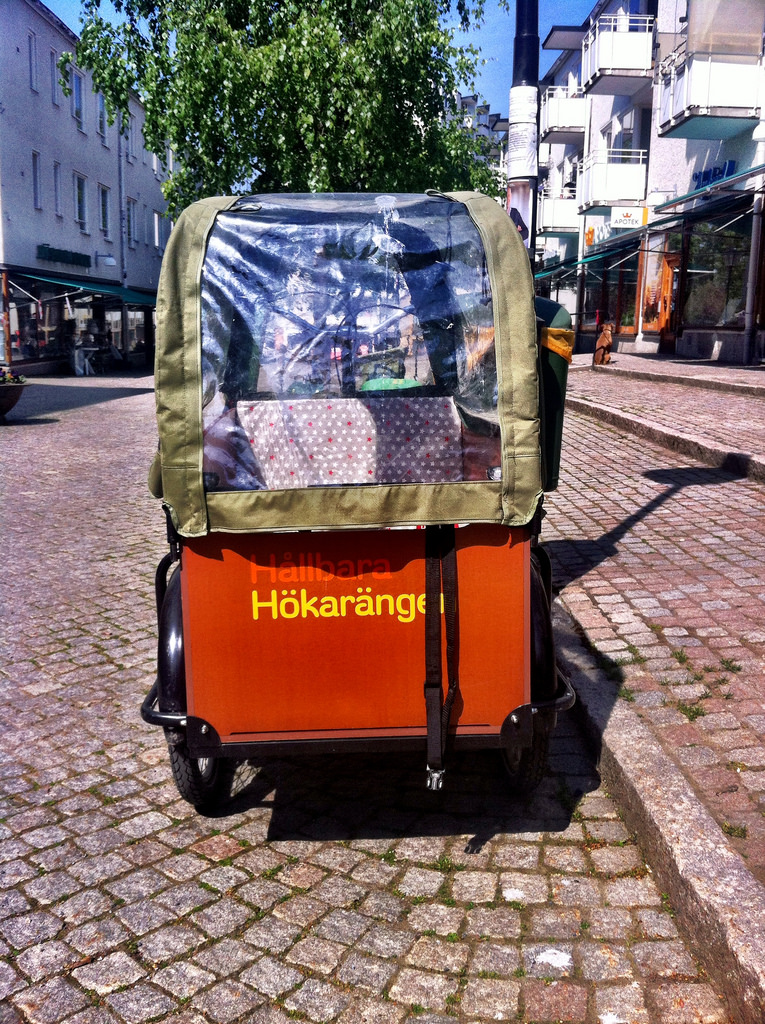A big group of Finnish, Swedish and Norwegian directors, researchers and other top professionals from the fields of construction, energy production, real estate and many others are wandering around in Hökarängen, a small Swedish suburb almost 20 kilometres from Stockholm’s T-Centralen. Someone might ask why. The Nordic countries have a…
A big group of Finnish, Swedish and Norwegian directors, researchers and other top professionals from the fields of construction, energy production, real estate and many others are wandering around in Hökarängen, a small Swedish suburb almost 20 kilometres from Stockholm’s T-Centralen.
Someone might ask why.
The Nordic countries have a great amount of buildings from 50’s to 70’s that are in urgent need of renovation. Digitalization threatens to leave neighbourhoods completely without any services within walking distance. Many towns and areas are poor in services and job opportunities. The Nordic suburbs in general are far from thriving.
Why are these people in Hökarängen then, seeming rather inspired? ”There seems to be at least one place, where the problem has been solved in a classy way”, wrote Juha Kostiainen, Senior Vice President of Urban Development and Corporate Relations at YIT, after visiting Hökarängen. Stockholmshem has managed to attract services to the area, and apparently they are also used – possibly because in Hökarängen residents needs have been actively heard. This results in a cozy villagelike town with grocery stores, bakeries, restaurants and other small businesses.
Seeing possibilities similar to what have been succesfully grasped in Hökarängen is the reason of the abovementioned group of professionals coming together. The City of Lahti, construction company YIT, Stockholms Business Region Development, real estate companies Stockholmshem and Citycon, property developer Aspelin Ramm Infill, K-Citymarket Paavola, trading sectory company Kesko, Granlund, Stockholm’s Royal Institute of Technology, the City of Oslo’s FutureBuilt program and National Academy of the Arts from Oslo form a proactive collaboration which will test new innovative sustainable services in order to create more successful stories. The project is named Smart Retro and coordinated by the Nordic think tank Demos Helsinki.

Hökarängen’s residents are invited to collect herbs from the side of the pedestrian street on their way home.
The big wave of renovations opens up a window of opportunities: digitalization, e-commerce and social and technological innovations enable testing and scaling up new models. Hökarängen is an encouraging example of a service model which enables aging urban areas to regain their prime. Smart Retro aims to recognize economically and ecologically sustainable practices and develop new ones.
Interested in Smart Retro? Contact
outi.kuittinen@demoshelsinki.fi +358 50 326 5582
roope.mokka@demoseffect.se +46 70 2500 364
mikko.annala@demoshelsinki.fi +358 40 778 6062

